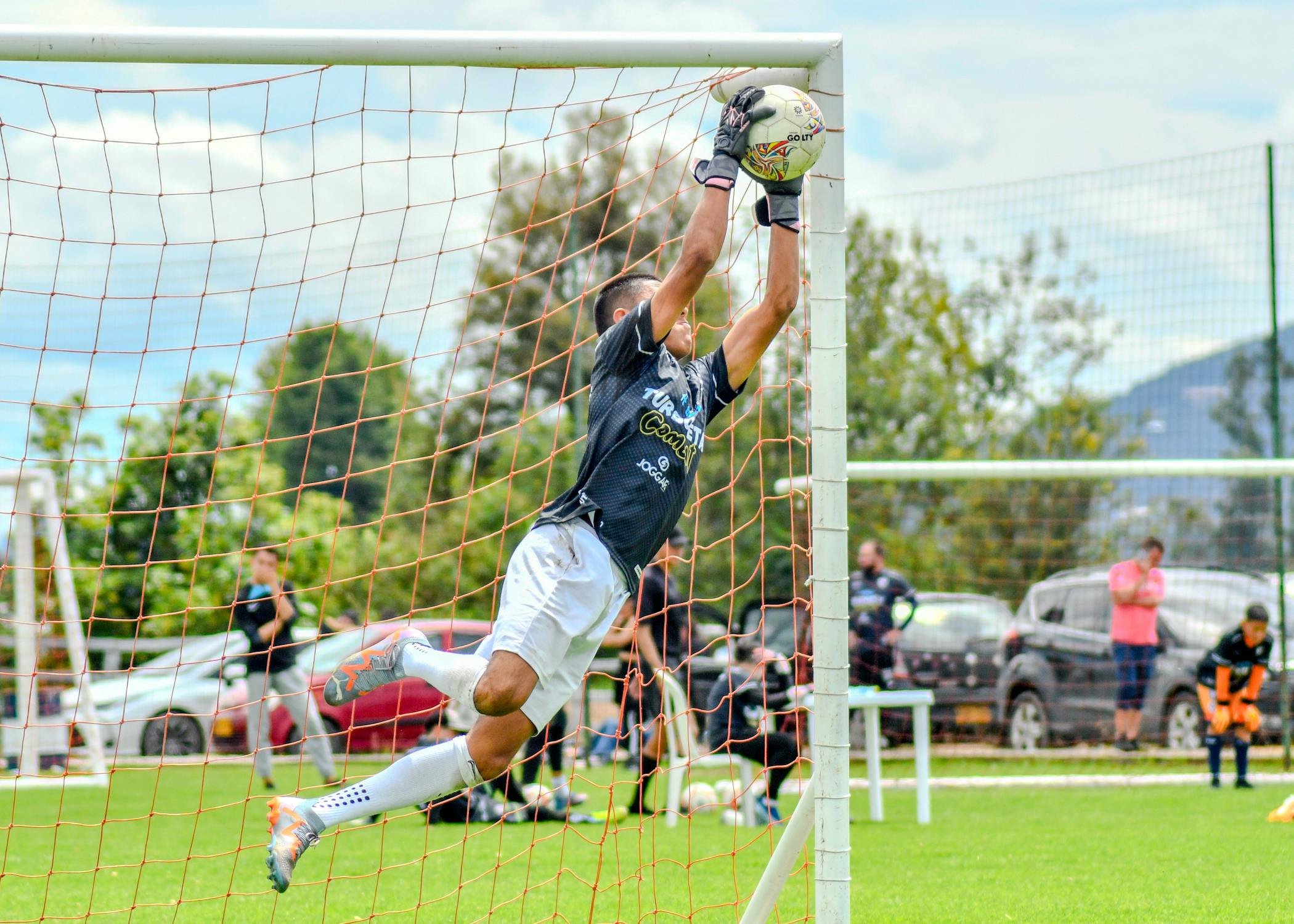Goalkeepers train for everything—lightning reflexes, breakaway saves, penalty pressure. But not all threats come in the form of a fast-moving ball (or agitated referee). Some are invisible, and they’re right there in the box with them.
Environmental hazards like allergens and field chemicals might sound like post-match problems, but not for keepers. They spend the game rooted to one area, slipping, diving, and collecting scrapes and wounds as they go.
And unlike muscle memory or positioning, they can’t drill their way out of exposure to hazards that impact their game.
In this article, we’re breaking down the hidden environmental risks inside the keeper’s box. We’ll also look at what it all means for those who keep the last line of defense on a soccer field.
Allergens in the Grass
No one gets more up-close and personal with the pitch than a goalkeeper. But that also means more exposure to grass pollen, mold spores, and other environmental allergens. This is especially true after heavy rainfall or during allergy season.
What it does: Triggers asthma, sneezing, brain fog, watery eyes.
Game impact: Slower reaction times, fatigue, lapses in concentration.
The American Lung Association reports that exercise-induced asthma can lead to difficulty breathing, coughing, wheezing, and chest tightness. Outdoor athletes are especially vulnerable to environmental triggers that make their symptoms worse.
For a goalkeeper, even a little shortness of breath or feeling groggy can mean the difference between a clean sheet and a conceded goal.
Paint and Chalk on the Field
Those crisp white lines marking a keeper’s domain? They’re not always as innocent as they look. Some older or off-brand paints and chalks contain compounds that can cause irritations of the eyes, skin, or lungs. This is especially bad in dry, dusty conditions.
What it does: Causes dizziness, rashes, headaches
Game impact: Poor concentration, reduced stamina, slower reflexes
It’s not a daily risk, but when they’re diving across the goal line repeatedly or setting up for a corner, goalies are right in the mix. Over a long season, mild exposure adds up.
Goalkeepers usually see an entire 90 minutes of game time across upward of thirty games in outdoor leagues. This works out to a hefty accumulation of particle matter during dry weather.
The result? Increased risk of respiratory issues, which directly affect gameplay.
PFAS in Soil, Water, and Gear
PFAS (per- polyfluoralkyl substances) are used in everything from water-resistant goalkeeper gloves to treated turf. These “forever chemicals” as they’re called, also contaminate soil and groundwater near stadiums, airports, and military bases.
What it does: Linked to fatigue, immune system dysfunction, various cancers
Game impact: Lower endurance, longer recovery (less game time), potential dips in stamina
Increased attention to the firefighter foam lawsuit underscores renewed concern about the long-term effects of PFAS exposure. Present in AFFF (aqueous film-forming foam), the chemical compound has been linked to serious health risks.
TorHoerman Law has reported cases of kidney cancer, bladder cancer, and thyroid disease among the conditions brought to light. The people most affected are military personnel, firefighters, and anyone who’s regularly exposed to either AFFF or PFAS.
Unfortunately for goalkeepers, they could be exposed right where they stand—without ever leaving the six-yard box.
Irritants in the Net and Gear
Let’s be honest… Goalkeeping gear takes a beating. And to survive wear and weather conditions, a lot of it is treated with chemicals that could irritate their skin or eyes. Even more so if you add excessive sweating to the equation.
What it does: Triggers allergic reactions, itching, discomfort
Game impact: Breaks their focus, causes distraction, throws off timing
High-pressure moments in a game can turn small discomforts into major obstacles. A rash from treated fabrics or irritated eyes from gloves they keep adjusting could lead to impeded performance.
Every fraction of a second counts, and every reflex matters for a goalie under pressure. Even a minor distraction could end up losing the game.
Facing the Risk Inside the Box
Here’s the kicker: Goalies don’t need to be sliding through midfield mud or diving into synthetic turf to be affected. All these hazards, from paints to PFAS, are often right there in the box.
They’re not fragile, and are usually well-armed to deal with the risks coming at them. But being informed means they can take smarter steps to protect themselves and their game.
Because while goalkeepers are trained to read the play, some of the biggest threats aren’t on the stat sheet. And they can’t save what they can’t see.
